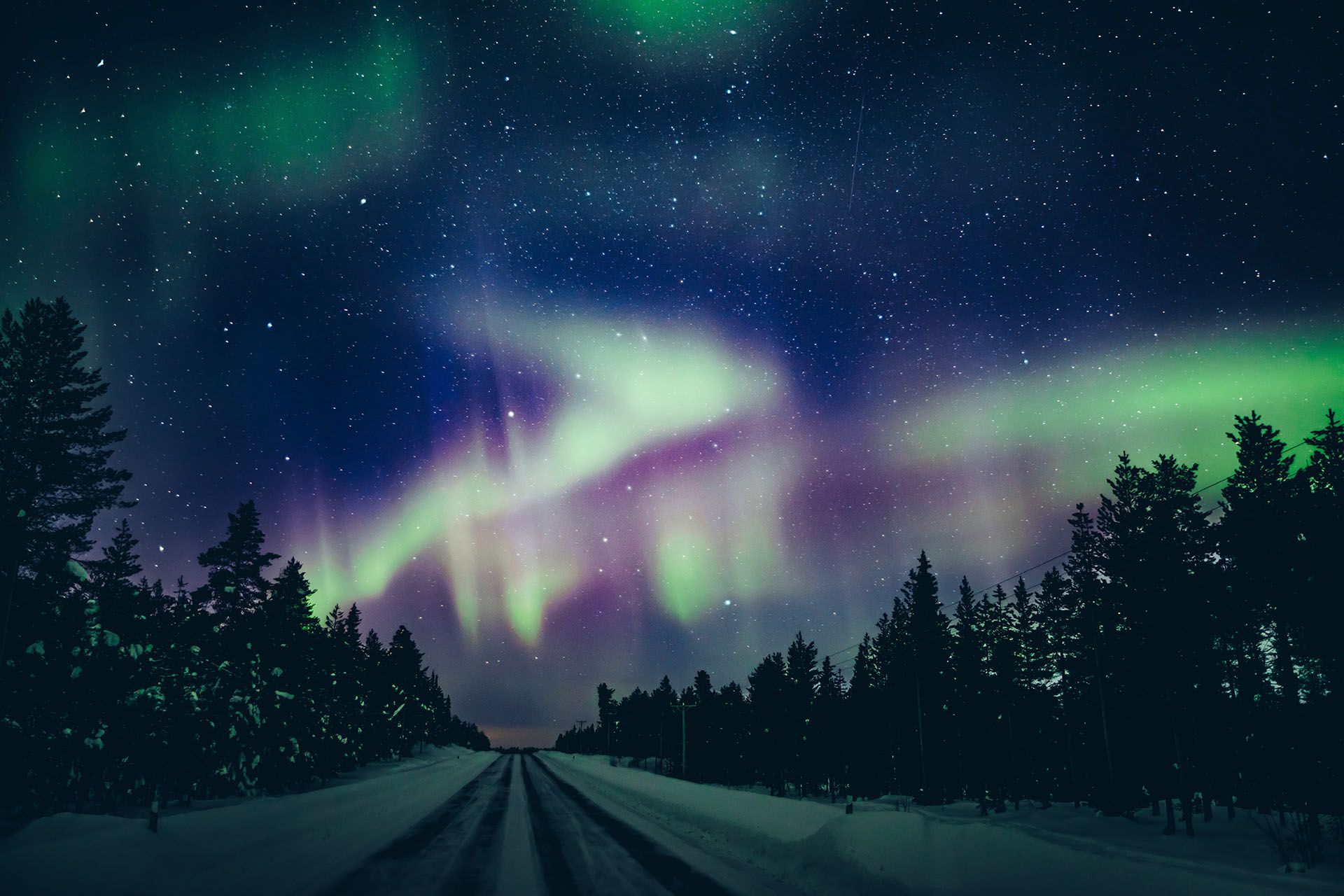19. Observe the Værøy's sea-bird colonies
This remote Lofoten island is renowned for its profuse birdlife, which includes puffins, cormorants, kittiwakes, guillemots and even rare sea eagles. The second most southerly of the Lofoten Islands, Værøy is just 8km long, with a slender, lightly populated, grassy-green coastal strip that shunts up towards the steep, bare mountains.
The island is well known for its thriving bird colonies: Måstadfjell hosts well over a million puffins, eiders and gulls that breed noisily in the summer months. Værøy’s most important bird cliffs occupy the southwest corner of the island, but their sheer rockfaces are much too steep and slippery to approach on foot, so your best bet is to take a boat trip.
























